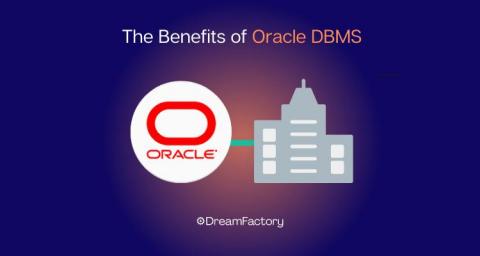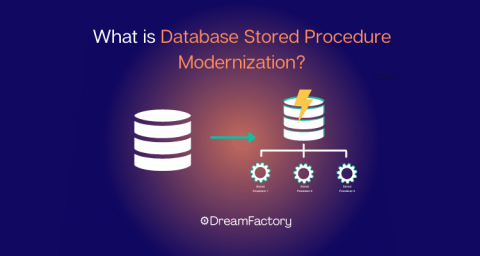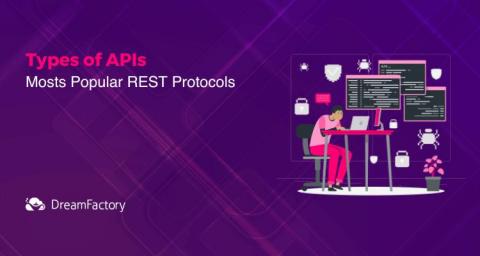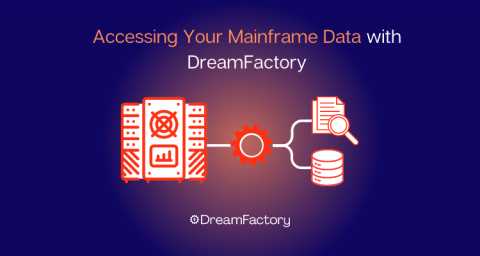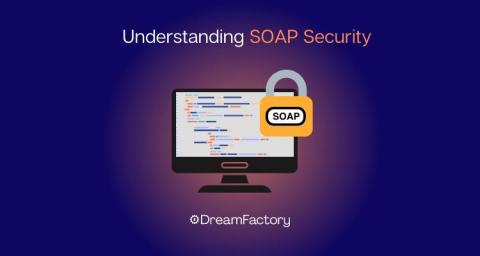Legacy to Cloud Migration | The Pros and Cons
Evaluating your business’ legacy to cloud migration strategy is a necessary step for successful digital transformation. Legacy systems are old software applications and infrastructure that are still in use by businesses today. They were often built on outdated technologies and may not be compatible with modern cloud platforms. However, legacy systems can also provide a number of benefits, such as stability, reliability, and familiarity.




